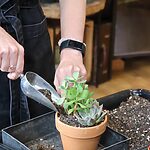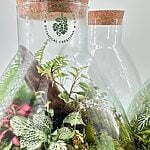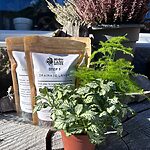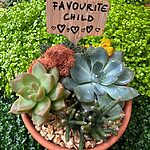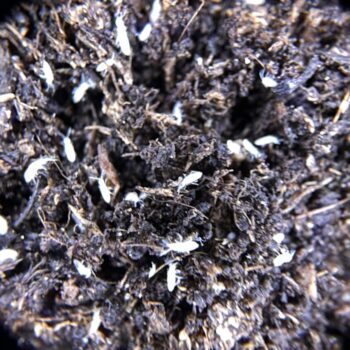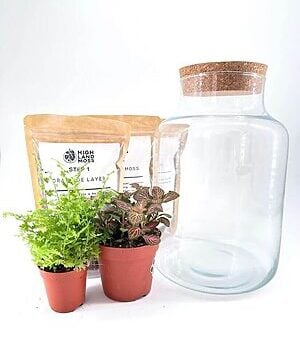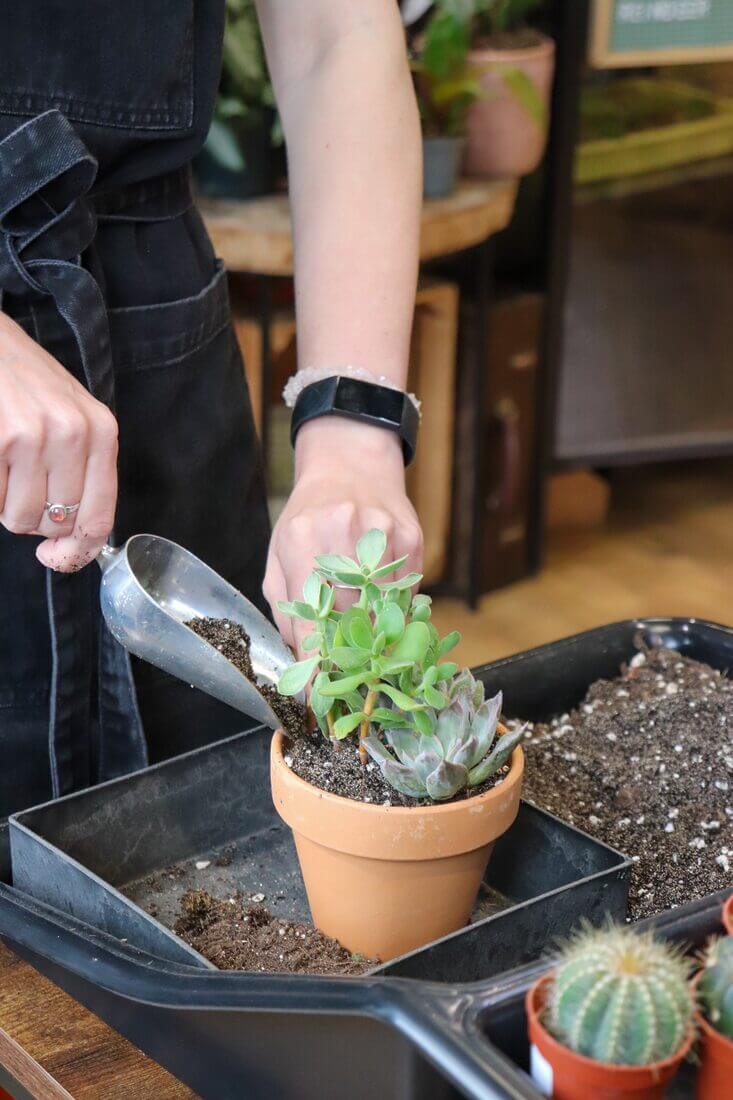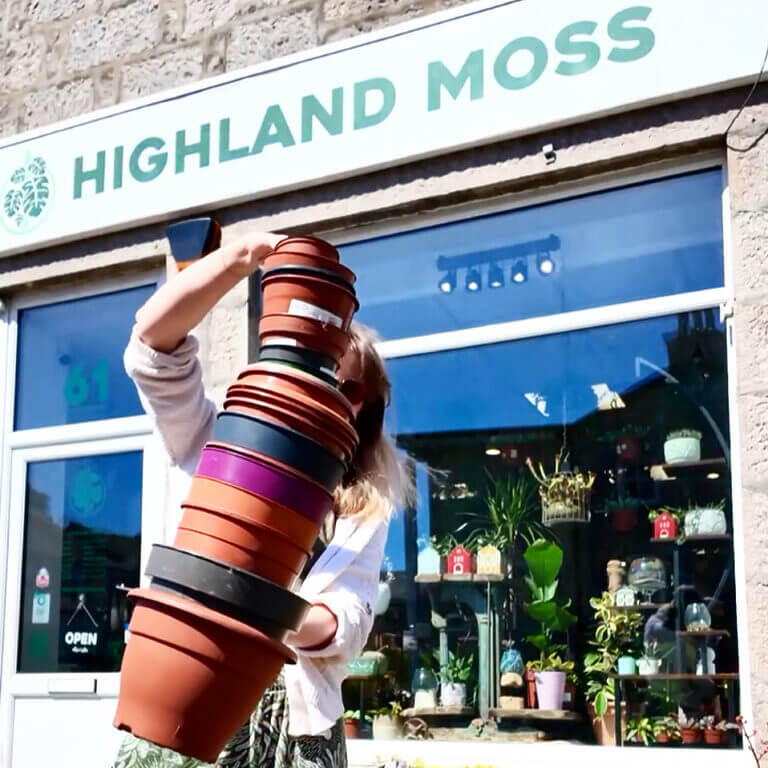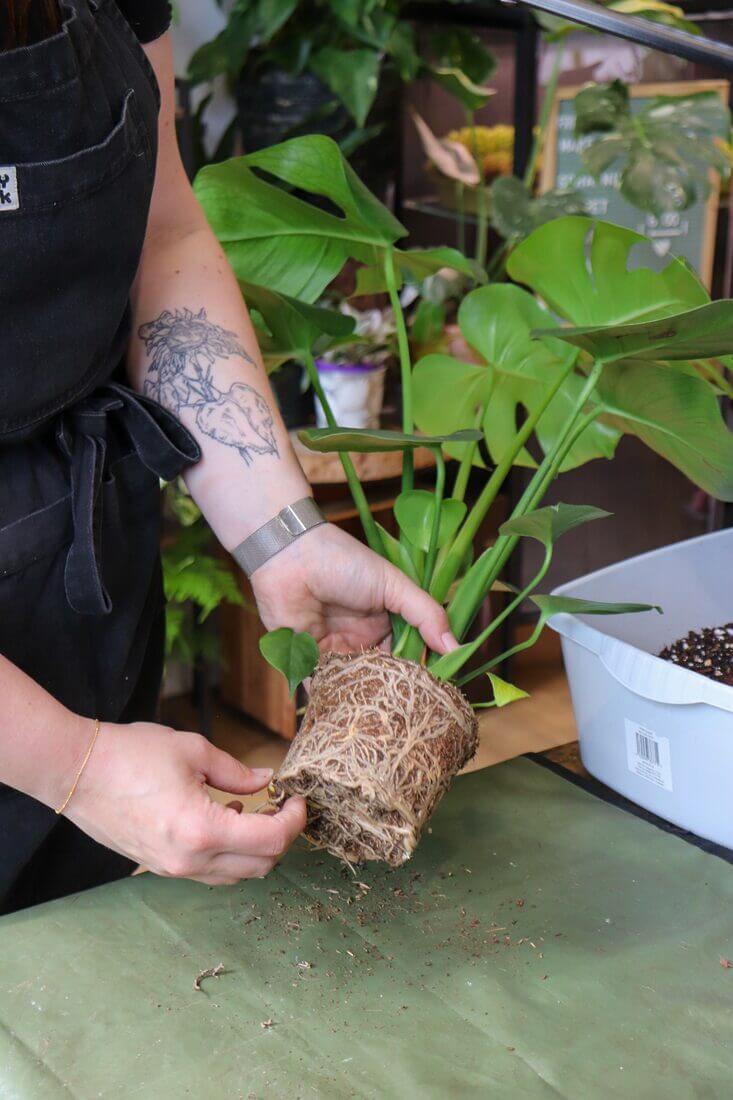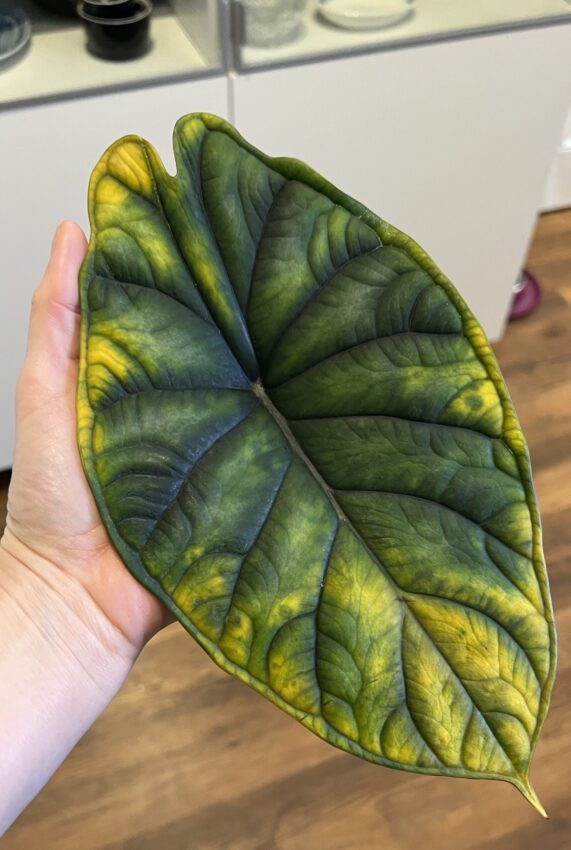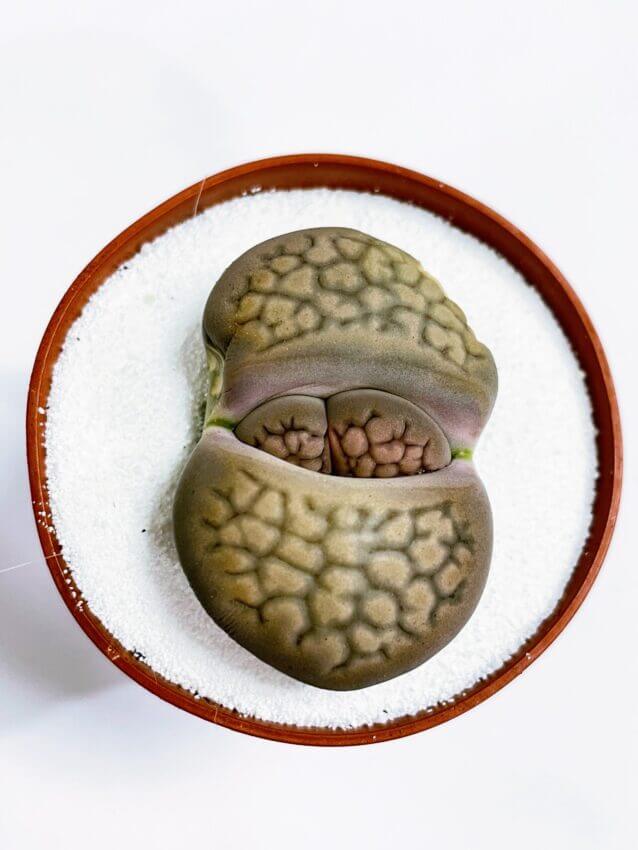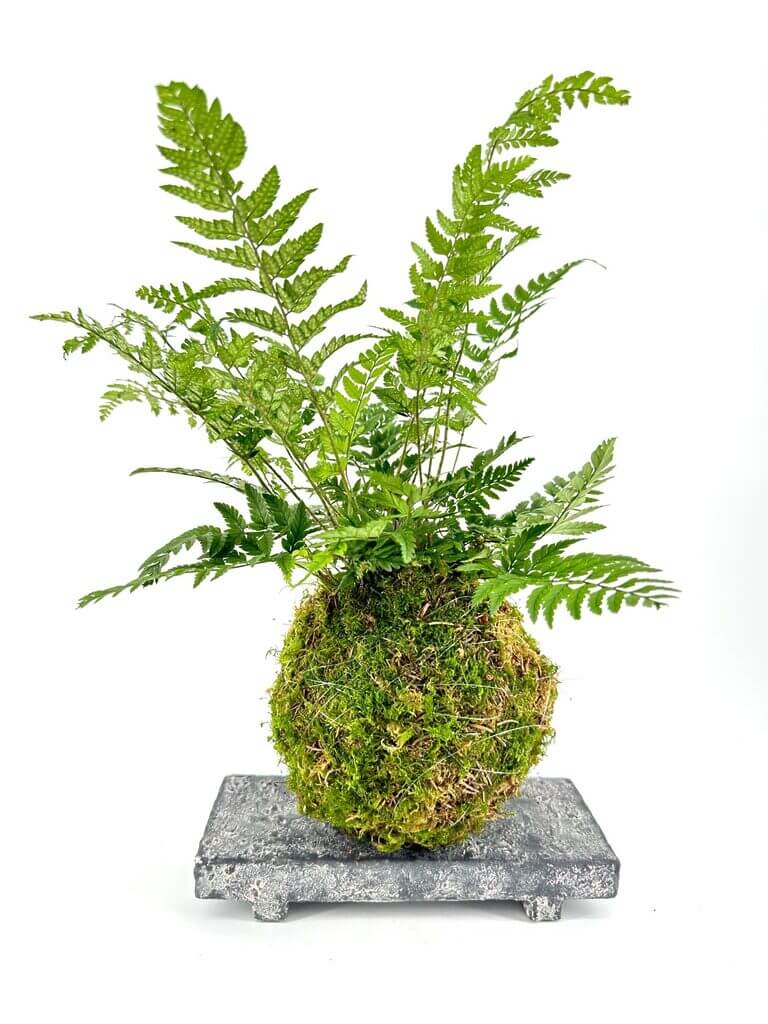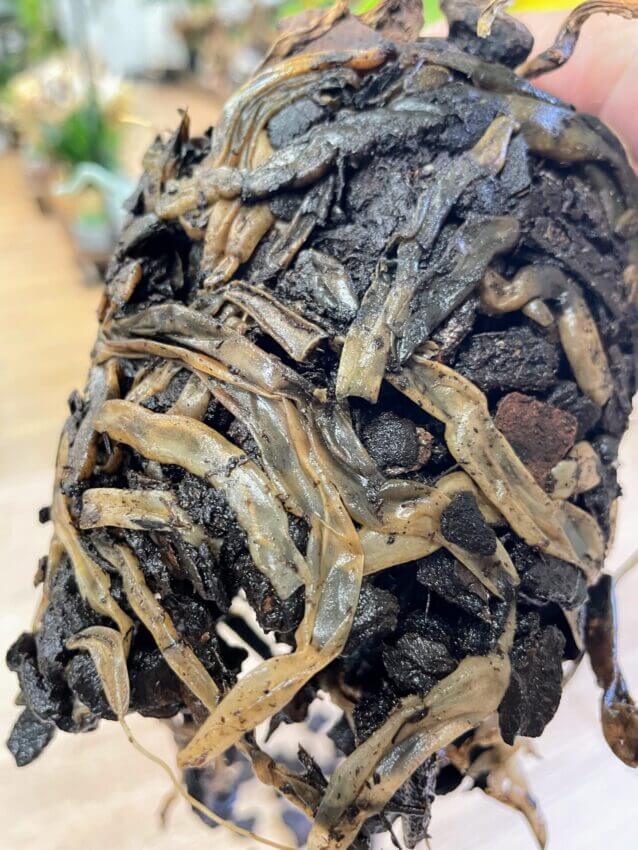Springtails are the tiny white critters you might spot scurrying in your terrarium’s soil – often referred to as “terrarium bugs.” Far from being pests, these little arthropods act as a bioactive cleaning crew in your terrarium ecosystem. They feed on mold, decaying plant matter, and other organic waste, effectively keeping your terrarium clean and balanced. In fact, many terrarium enthusiasts consider springtails the single most effective solution for preventing mold outbreaks, recommending them for virtually every bioactive terrarium setup.
In this beginner-friendly guide, we’ll explain what springtails are, why they’re so beneficial for bioactive terrariums, and how to care for them. You’ll also learn how to introduce these helpful terrarium bugs into your setup and why seeing small white bugs in soil is actually a good sign. We’ll even share how Highland Moss can help you get started with springtails, terrarium kits, workshops, and plants to build your own thriving mini-ecosystem.
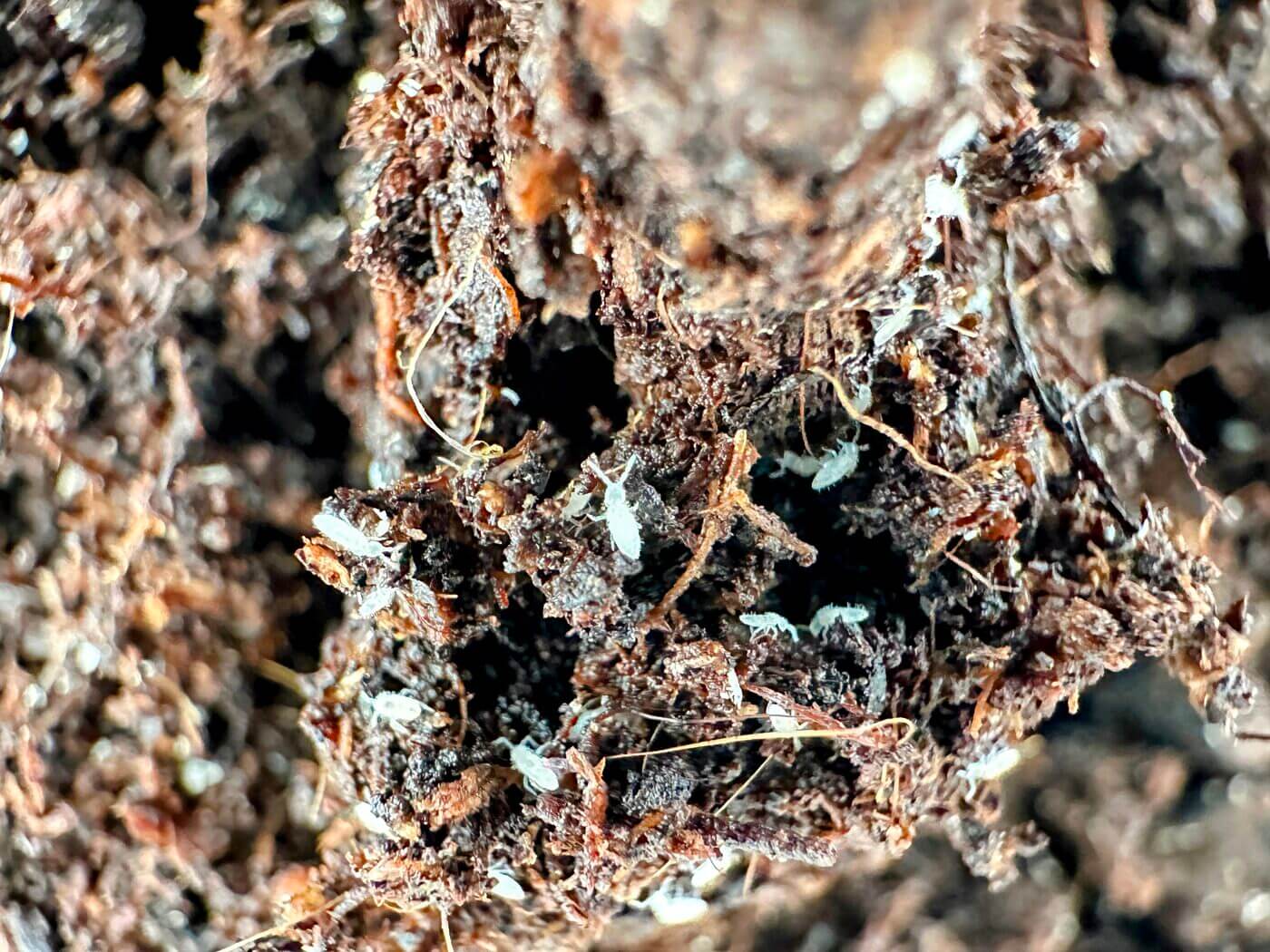
What Are Springtails?
Springtails are tiny, wingless arthropods (Order: Collembola) that typically measure only 1–6 mm in length. They often appear white or light gray (hence people sometimes describe them as small white bugs in soil). A unique feature of springtails is the forked tail-like appendage (called a furcula) tucked under their abdomen, which they can snap open to “spring” themselves into the air – an amusing escape trick that gave them their name.
In nature, springtails are incredibly common and widespread. They live in moist environments like leaf litter, compost, and soil on every continent. What do springtails eat? Mostly decaying organic matter: fallen leaves, rotting wood, fungal growth, algae, and bacteria. By feasting on this decaying material, springtails act as decomposers that recycle nutrients back into the ecosystem.
In a bioactive terrarium or vivarium, springtails perform the same essential clean-up role as they do in the wild. They patrol the soil and damp spots, gobbling up bits of mold, detritus, and leftover organic waste that would otherwise foul the enclosure. All of this makes springtails extremely useful inhabitants for a closed terrarium: they continuously break down waste into nutrients that your terrarium plants can reuse, all while keeping mold and pests in check. In short, springtails are the invisible janitors of your mini ecosystem, constantly working behind the scenes to maintain balance.
Benefits of Springtails in a Bioactive Terrarium
Adding springtails to a bioactive terrarium or vivarium brings a host of benefits. Here are the top reasons springtails are considered an essential clean-up crew for terrarium enthusiasts:
Natural Waste Management:
Springtails are often called “the ultimate terrarium cleaning crew” for good reason. They consume organic waste – everything from fallen leaves to shed reptile skin or uneaten food – and break it down into simpler nutrients that plants and microfauna can use. In the process, they prevent waste buildup and help keep the terrarium free of mold. A healthy springtail colony will make quick work of spores and fungi, outcompeting mold for resources and thus stopping ugly mold patches from overtaking your terrarium.
Soil Health and Aeration:
Springtails don’t just manage waste – they also improve the soil structure. As these tiny bugs crawl through the substrate, they help to aerate the soil, creating little tunnels that improve airflow and water penetration. Better aeration means your terrarium soil stays nutrient-rich and well-drained, which in turn benefits root growth. Moreover, by decomposing organic matter, springtails continuously release nutrients into the soil, making it easier for plant roots to absorb essential minerals.
Pest Prevention:
Despite their small size, springtails can even aid in controlling pest outbreaks in your terrarium. Fungus gnats and certain mites, for example, thrive on excess organic debris and mold. Springtails reduce these food sources by eating up decaying matter quickly. Fewer food sources mean fewer fungus gnats breeding. In fact, springtails even eat fungal spores and can keep a terrarium free from pesky mites and gnats by outcompeting them.
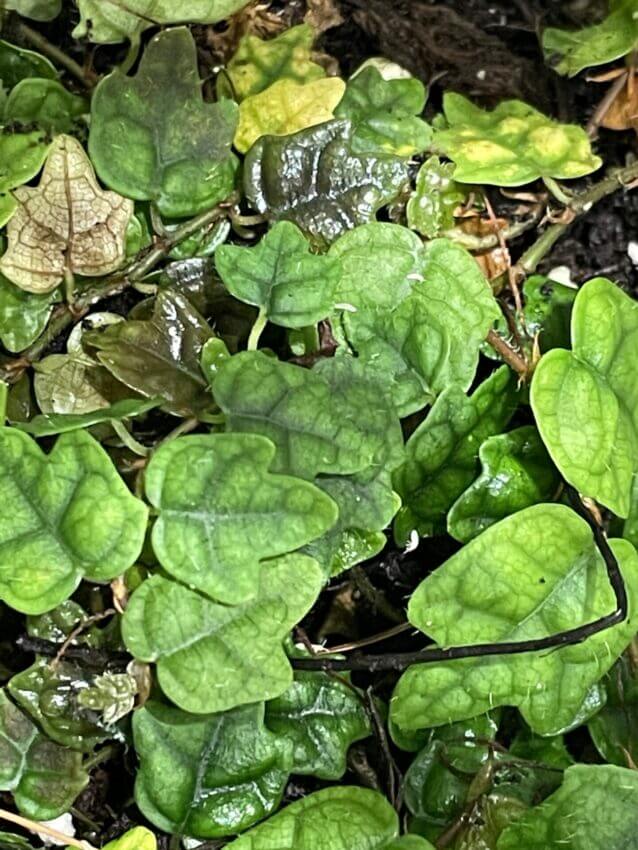
In summary, springtails function as a bioactive clean-up crew that handles waste, enhances soil conditions, and curbs minor pest issues. All of these benefits make maintaining a terrarium easier – and they happen naturally once you introduce these helpful critters.
How to Add Springtails to Your Terrarium
One great thing about springtails is how easy it is to introduce them into a terrarium. If you purchase a springtail culture (often shipped in a small tub with charcoal or soil), you can have your new clean-up crew up and running in no time. Here are two simple methods for adding springtails:
- During a New Terrarium Setup: Add the springtails when you reach the soil layer. Simply dump or gently place a portion of the springtail culture onto the substrate. The springtails will immediately disperse into the new soil. After adding them, continue assembling your terrarium layers and plants as usual.
- For an Established Terrarium: Place the open culture container on its side inside the terrarium and leave it there for a day or two. The springtails will crawl out on their own. Alternatively, gently tap a bit of the culture material over the terrarium soil.
Tip: Springtails thrive in damp conditions, so after adding them, lightly mist the terrarium to ensure there’s adequate humidity.
Springtail Care Basics
Caring for springtails in a terrarium is very straightforward – in most cases, they’ll care for themselves. Here are a few simple guidelines:
Moist Substrate
Keep your terrarium substrate consistently damp (but not waterlogged). A mix of terrarium soil and sphagnum moss works well. Include a piece of charcoal or bark where springtails can hide and lay eggs.
Temperature & Humidity
Keep your terrarium at room temperature, around 18–25 °C. Aim for 70–80% humidity.
Food Supply
In a bioactive terrarium, springtails find plenty to eat. If needed, supplement with a tiny pinch of powdered yeast.
Springtails will regulate their own population and require no special lighting or handling. Just maintain a healthy environment and they will thrive.
Are Springtails Safe for Plants, Pets, and People?
Yes. Springtails are completely safe for your plants, pets, and you. They are detritivores and do not eat healthy plants. They do not bite or sting, and they don’t carry diseases. Springtails prefer moist environments and are unlikely to leave the terrarium.
“Small White Bugs in Soil” – Don’t Panic!
If you notice small white bugs in houseplant soil, they might be springtails. While harmless, they often appear in overwatered soil. To get rid of them, let the top layer of soil dry between waterings. Ensure your pots drain well and avoid standing water. In terrariums, springtails are welcomed. But in houseplants, you can control them by adjusting moisture if you prefer.
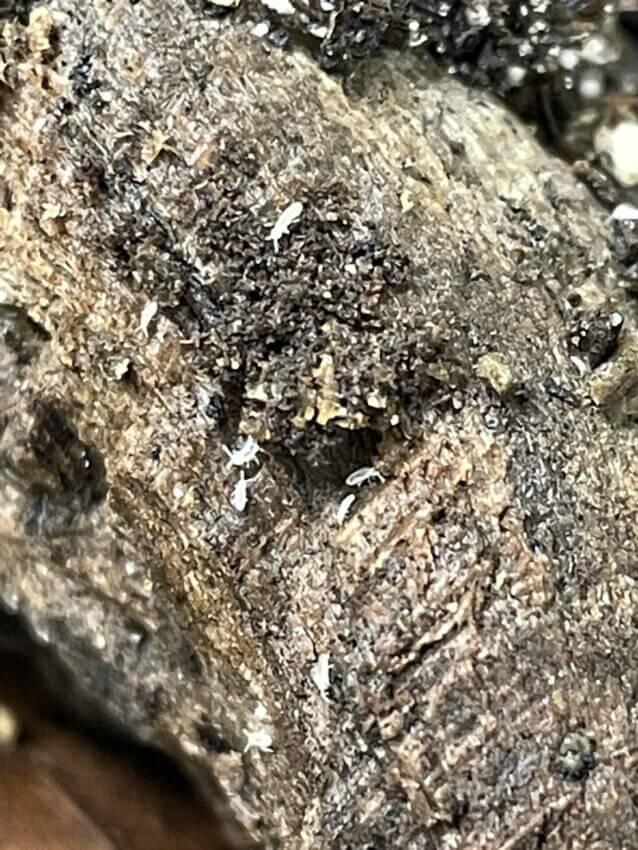
Building a Thriving Bioactive Terrarium with Springtails
Springtails are superstars in bioactive terrariums. If you’re excited to create a self-sustaining terrarium (or improve an existing one), adding springtails is a great step.
Highland Moss Products & Workshops: We offer springtail cultures, terrarium kits, terrarium workshops, and a wide range of terrarium plants. Our springtails are shipped UK-wide in established cultures. Our kits include all you need, and workshops offer guided learning and fun.
Want easy plants to get started? Check out our guide to easy terrarium plants.
With springtails, your terrarium stays cleaner, plants stay healthier, and your maintenance is simpler.
What to Do When You Receive Springtails
When your springtails arrive, it’s important to let them adjust slowly to room temperature before introducing them to your terrarium. During transit, they may become cold or less active and might not appear to move much at first – this is completely normal. Leave the tub closed at room temperature for a few hours before opening it. Once warmed up, the springtails will become more active and easier to spot.
If you don’t see movement straight away, gently tap or tilt the container to disturb the contents slightly – this usually gets the springtails moving. You can then proceed to introduce them to your terrarium following the steps above.
Need More Help?
If you’re unsure about what’s wrong with your plant or lack confidence in providing treatment, why not try our Plant Hospital🪴 This free online service only requires a few simple steps to create a plant patient form, which we will review and diagnose for you. If you’re looking for instant advice, check out our new MOSSBOT, a super smart tool that provides instant advice on plant care and other concerns.
If you’re not confident in repotting your plant or unsure how to do it, you can book our repotting service. Simply bring your plants to our shop, and we’ll take care of everything for you while answering all of your plant-related questions. Our repotting service includes repotting, a new nursery pot, a hand-blended, premium growing medium suitable for your plant, a plant health check, plant care advice, and sharing our plant pro tips.
Looking For More Knowledge
If you’re looking for more information on how to care for your plants, be sure to check out our other articles on plant care. We have articles on a wide range of topics, including how to treat common pests, how to choose the right soil and fertilizers, and how to propagate your plants. Our articles are packed with useful tips and information that can help you get the most out of your plants. Whether you’re a serial plant killer, a beginner or have your own lush jungle, there’s something for everyone. So take a look and see what you can learn!
-
Fun Kids Plant Workshops in Aberdeen – Indoor Gardening Activities at Highland Moss
Terrarium | Marimo Moss | Succulent Garden | Workshops Engaging Botanical Workshops for Kids in Aberdeen at Highland Moss Looking for fun and educational kids’ activities in Aberdeen🪴 At Highland Moss, we offer hands-on, creative indoor gardening workshops for children, perfect for birthday parties, family…
-
Results of our 2025 Customer Survey
What You Told Us: Key Takeaways from the Highland Moss Customer Survey At Highland Moss, we’re all about growing. That includes our plants, our community, and the way we do things. So earlier this year, we asked you to take part in a short survey…
-
How to Save a Dying Indoor Plant: Step-by-Step Rescue Guide
Step-by-Step Rescue Guide Not every plant starts its life in the best conditions Many houseplants from supermarkets or garden centres suffer from poor care long before reaching your home. Some are cold-damaged from sitting by shop doors, others may be overwatered by staff without proper…
-
Free Plant Pots at Highland Moss – Sustainable Project
Take a Pot, Leave a Pot: Eco-Friendly Plant Pot Reuse Scheme in Aberdeen, Scotland Free Plant Pots at Highland Moss At Highland Moss in Aberdeen, we’ve launched a simple and sustainable initiative to help reduce plastic waste while supporting our local plant community. Our Take…
-
Moss: From RHS Chelsea Flower Show to Your Garden
Moss takes the spotlight: What an incredible week at RHS Chelsea Flower Show 2025 – moss is no longer the underdog but a celebrated star of the show’s top gardens! We’re thrilled to share that Highland Moss (our family business in Aberdeen) had our lush…
-
Highland Moss at RHS Chelsea Flower Show 2025: The Rise of Moss in Modern Gardening
RHS 2025 Moss is back & it’s thriving At the RHS Chelsea Flower Show 2025, moss is no longer the green underdog but a celebrated feature across some of the show’s most talked-about gardens. We’re proud to share that Highland Moss, based in Aberdeen, has…



